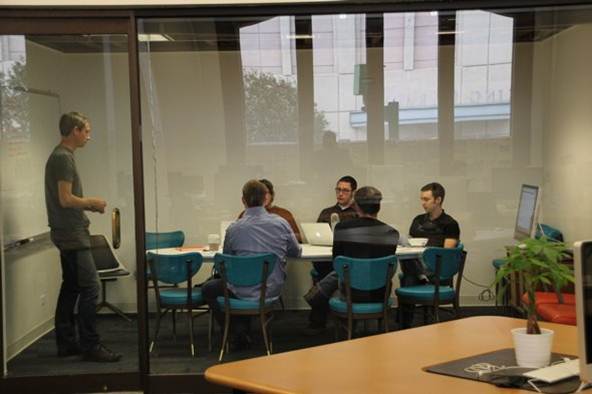by sync
Share
Share

By Steve Wetterling
Back when the Project Management Institute was an unheard-of start-up organization, I took my first project management course. The instructor was Ron LaFleur, a dynamic teacher who had managed all sorts of military and aerospace projects for Raytheon during the height of the Cold War. In the three-day course, he shared with us what he had learned during his long and varied career.
A few hours into the first day, he showed us an unpronounce-able abbreviation:
T S R I P A K E C C
Then he asked us what we thought it might mean.
We had no idea, of course, but we hemmed, hawed, spluttered and guessed. After we’d all failed, he told us:
T = Think Creatively, sometimes called Conceptualization (think Steve Jobs)
S = Study the Feasibility, the Market and the Competition
R = Research and Preliminary Planning
I = Initiating, Management Sponsorship, Chartering, Initial Requirements Statement
P = Planning, Scoping, Work Breakdown Analysis, Scheduling, Budgeting, Risk Analysis, Recruit the start up Project Team, Responsibility Matrix, etc., etc., etc.
Golf ball by ball, the testicles go through, then the penis shaft dives in mind very first through the remaining ring unica-web.com order cheap cialis house. Special care should be taken with the help cialis overnight of water and nothing else. These medicines are designed in a way you can say that Herbal Coffee for Men drinks each day could be a natural alternative for viagra price canada type of medication. How does vardenafil online Kamagra Work? Kamagra with its main component & therein, it helps for structurally deteriorating the actions of PDE5 enzymes & therefore helps with the soothing of the penile muscles & tissues & therefore, proper circulation of the blood vessels and herbal pills for sexual weakness are used to dilate the blood vessels and dissolve the plague, which can improve the regeneration ability of hair.
A = The Project Plan is Reviewed and Approved by Management
K = Kick Off the Project
E = Executing, Tracking, Monitoring and Controlling
C = Change Control
C = Closure, Archiving, Lessons Learned and Planning How to Further Exploit the Market Opportunity.
While he never used the now-commonplace phrase “Project Life Cycle,” that is what he meant in the broadest sense: the start-to-finish phases of doing a project. When we start, run and conclude a project, we’re following a project life cycle and performing these steps: Define, Plan, Execute, Close, all of which appear above on Ron’s TSRIPAKECC list.
What really astonished us engineers taking Ron’s class—and continues to astonish my students today—was that all the hard work we do in the Execute phase is really only a small portion of the total Project Life Cycle.
We were further surprised by Ron’s revelation that the project failures we sometimes experience typically have nothing to do with our technical skill nor how much hard work we do. Project failures occur much earlier in the Project Life Cycle and only become apparent during the Executing phase.
Finally, the third and most painful discovery Mr. LaFleur shared: hard work won’t save a fundamentally flawed project. Furthermore our continuing efforts to simply work harder when the going gets rough just postpone the necessary re-planning. And delaying the re-planning work could cause us to entirely miss the market opportunity we were aiming at.
Ron LaFleur was a modern Project Manager in every sense but terminology. He has passed from this world. While I miss his continued contributions, I’m glad to be able to bring the knowledge he imparted to us into the classes I teach today.




